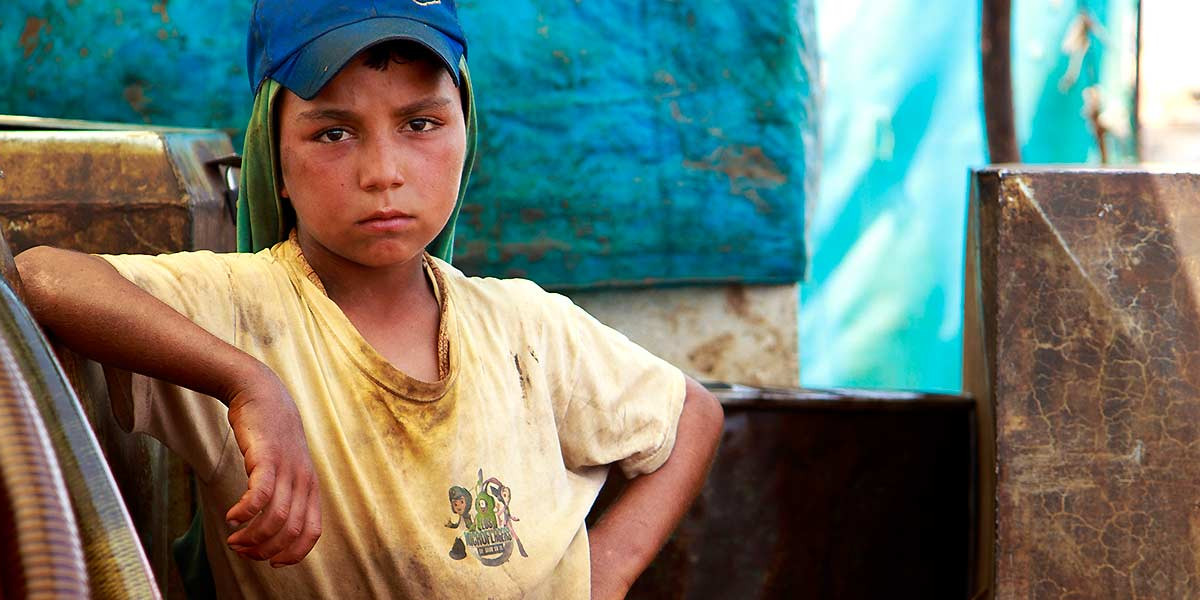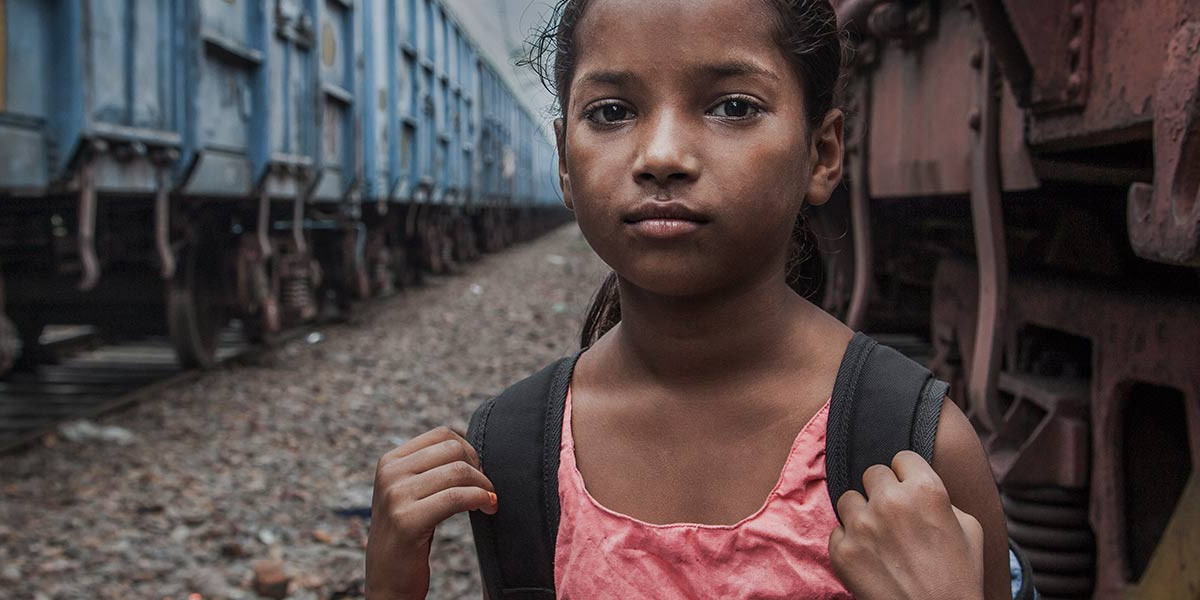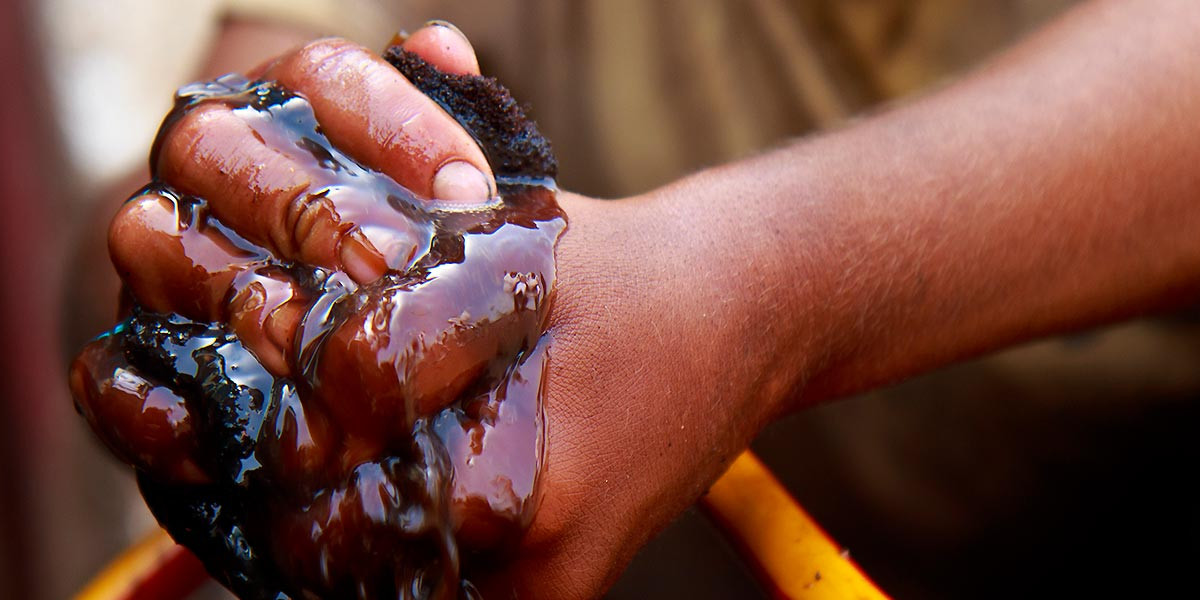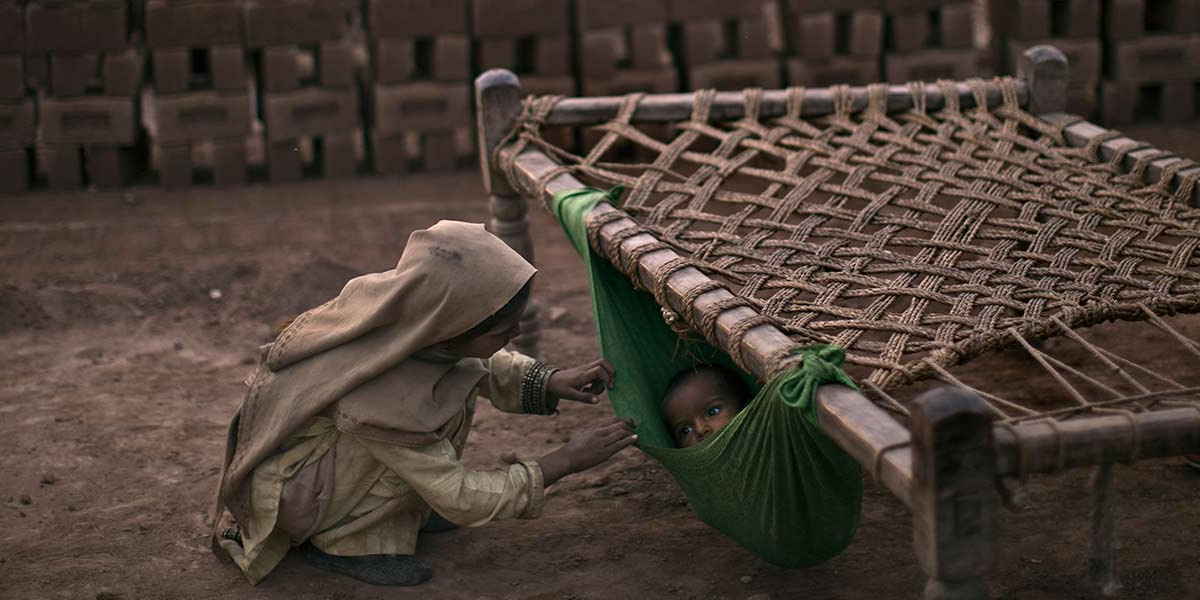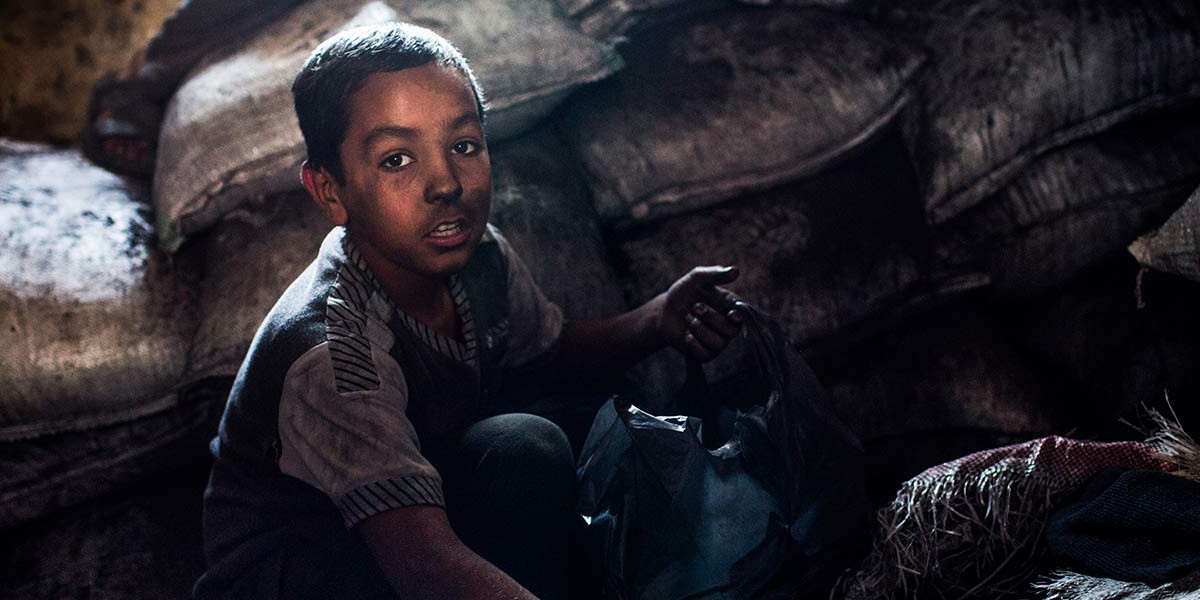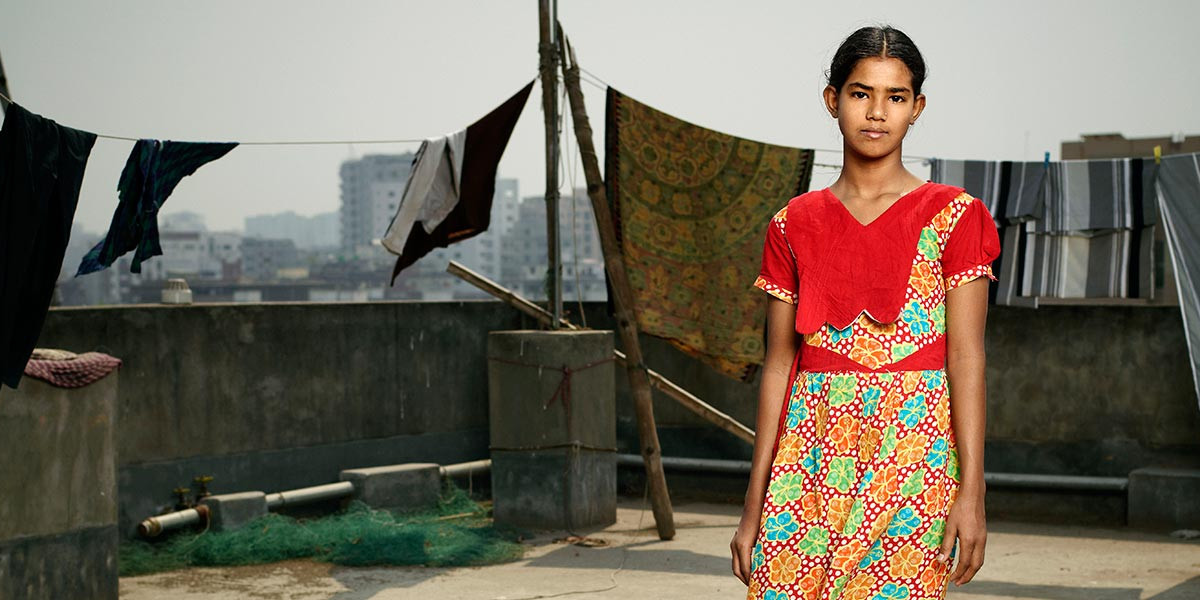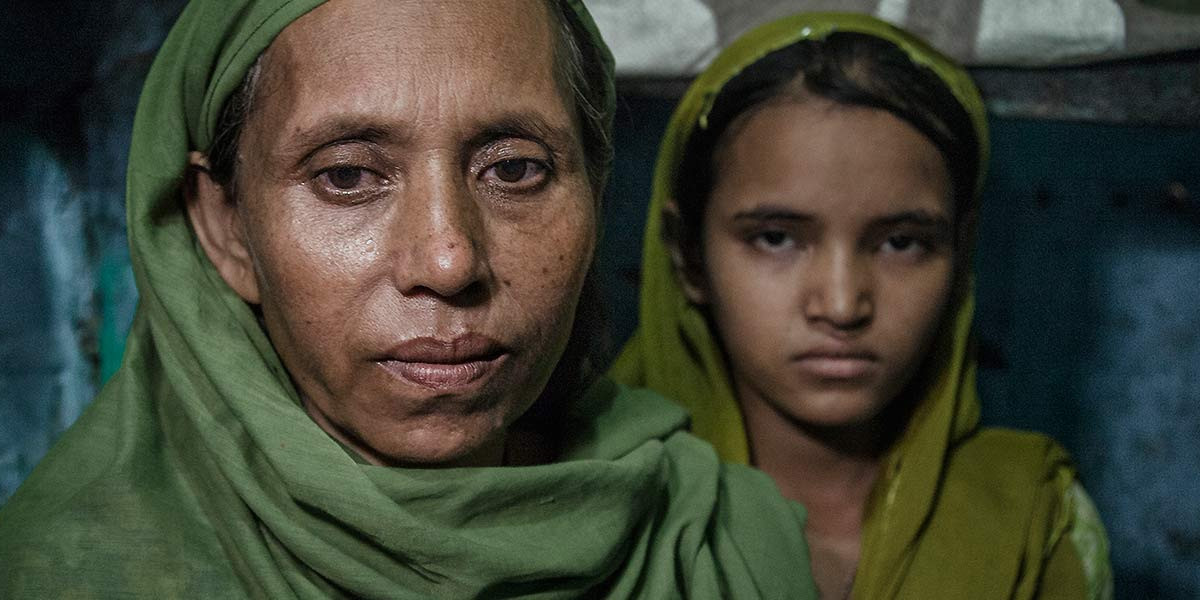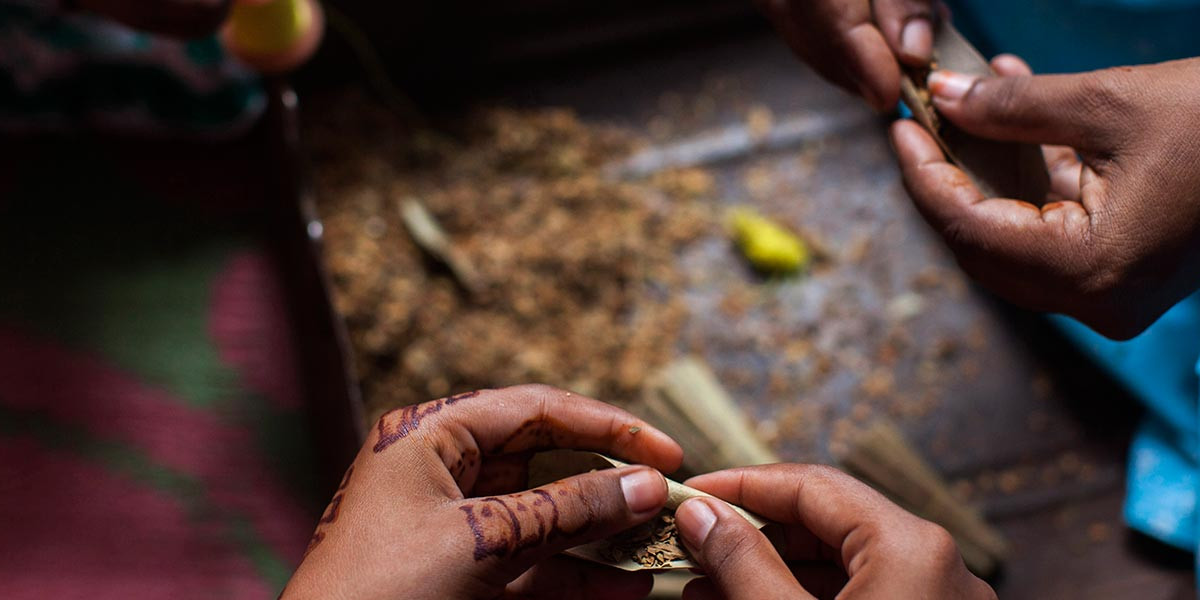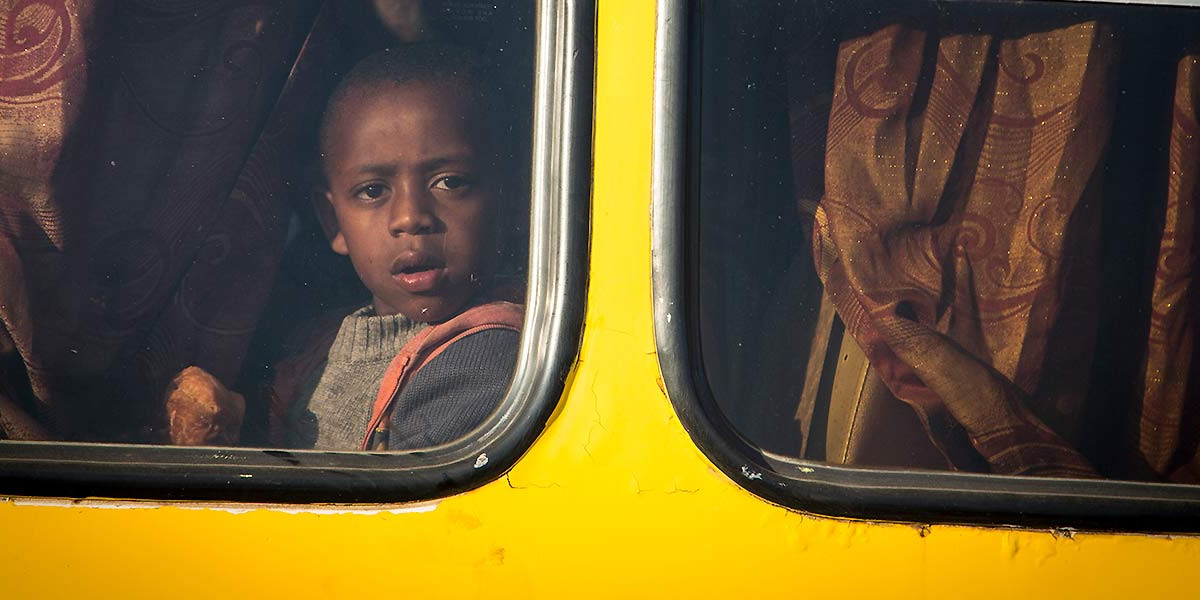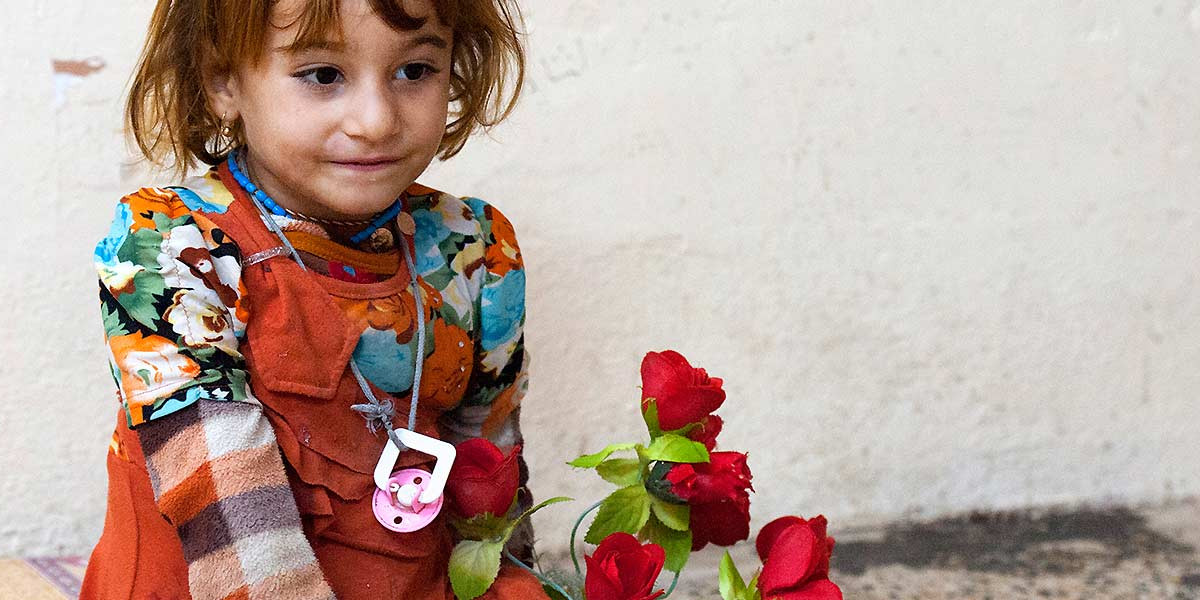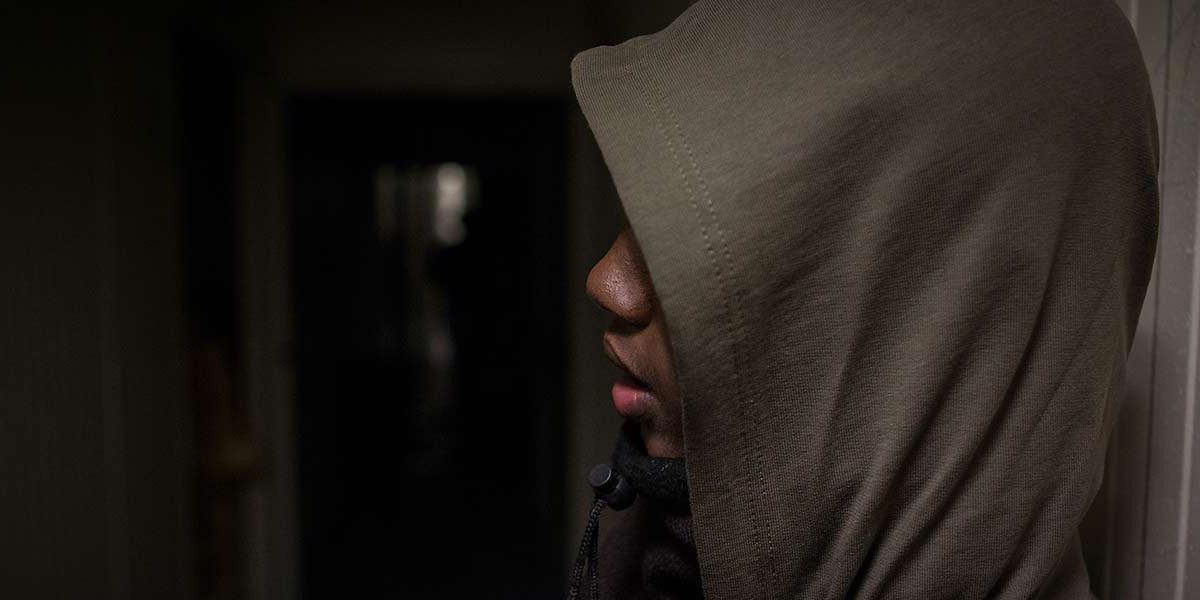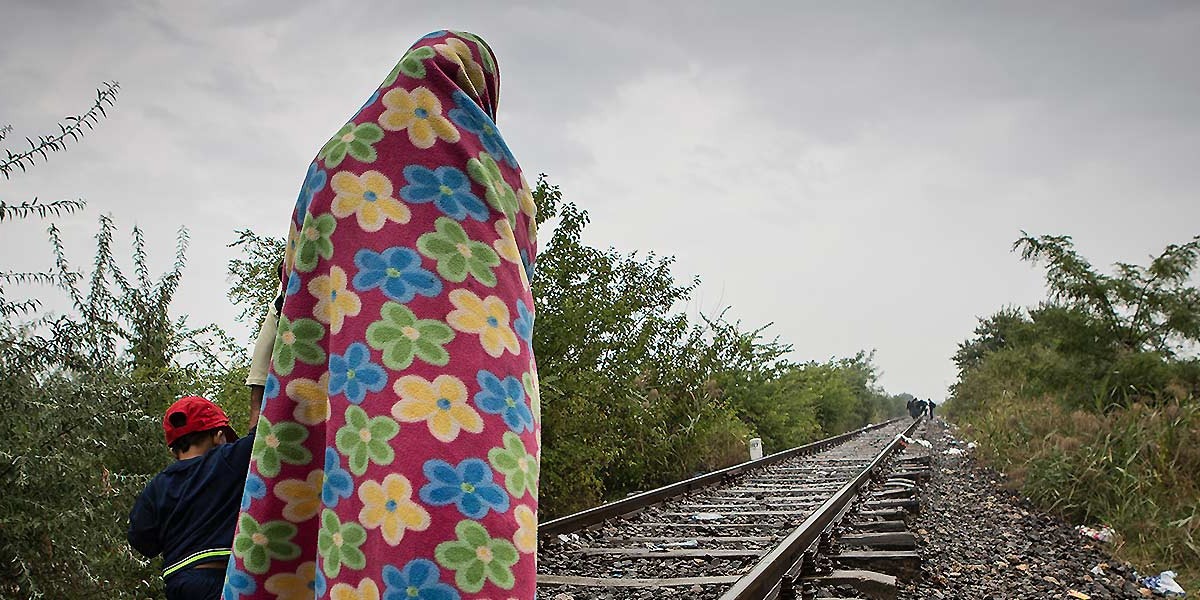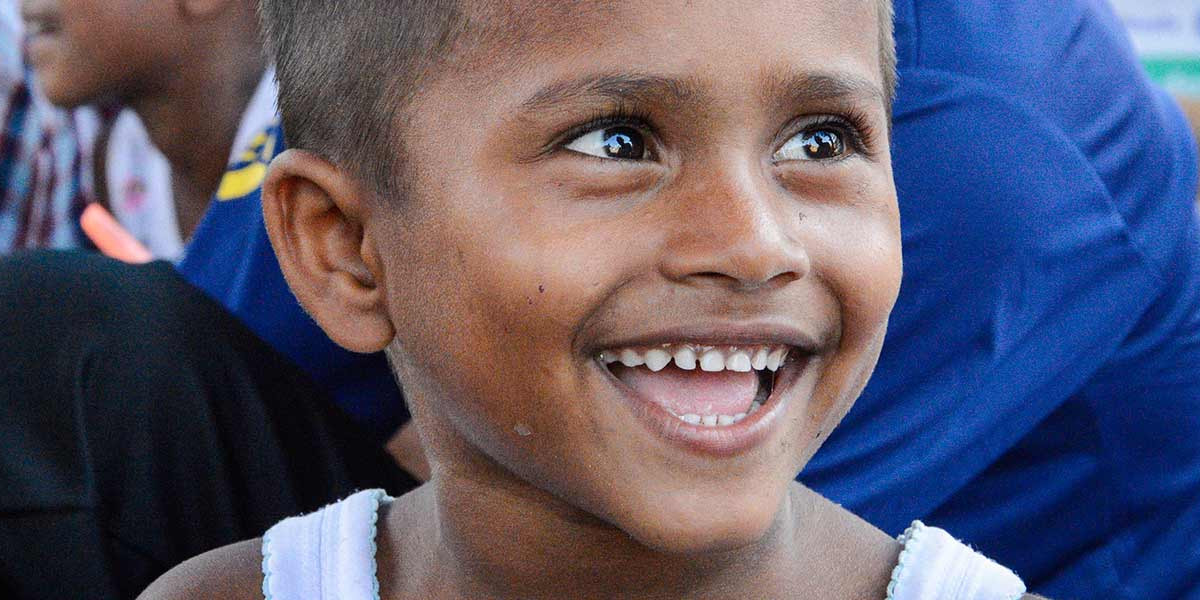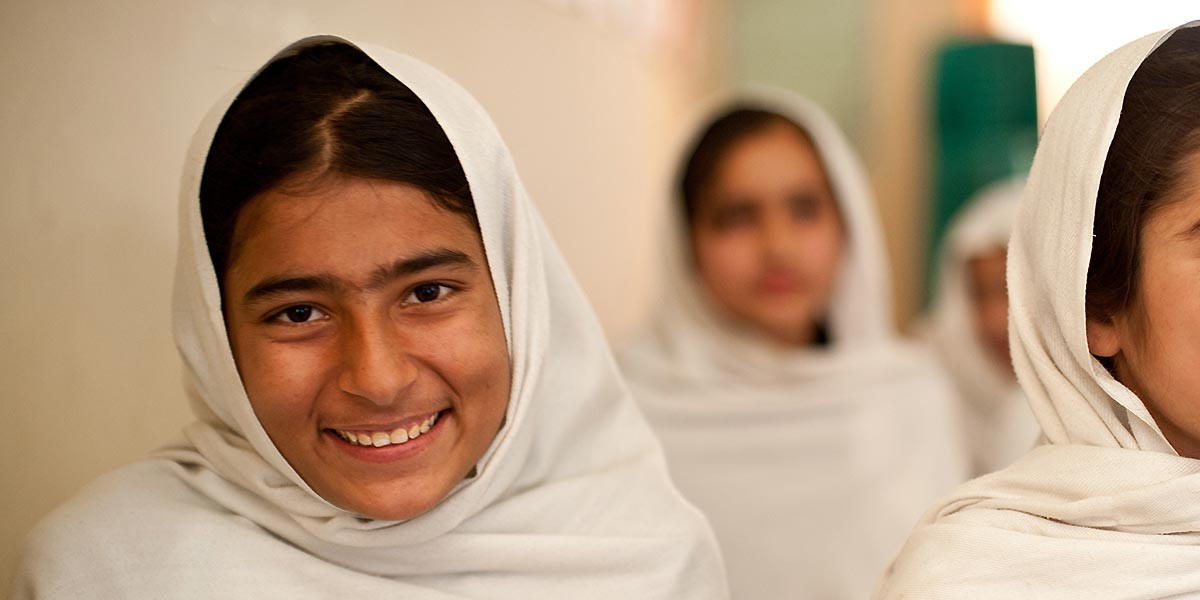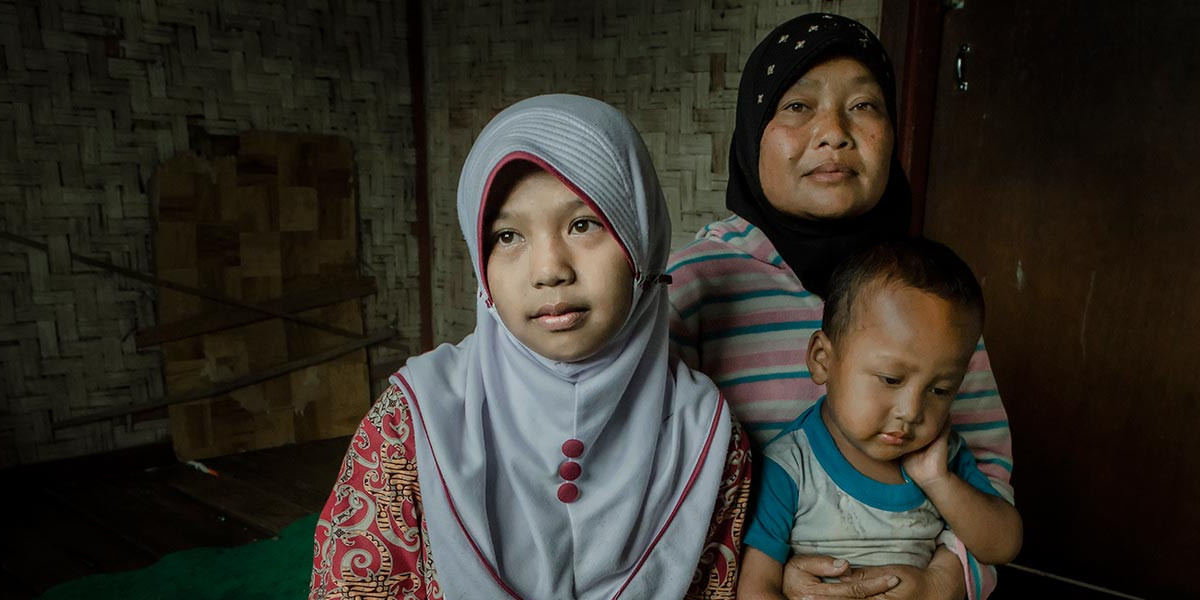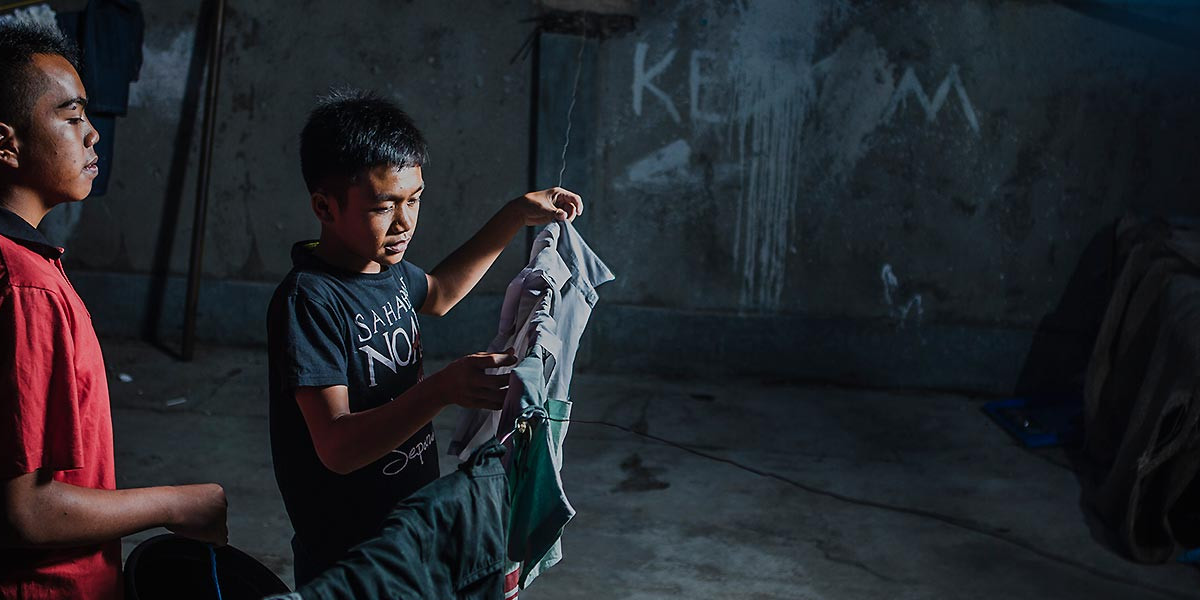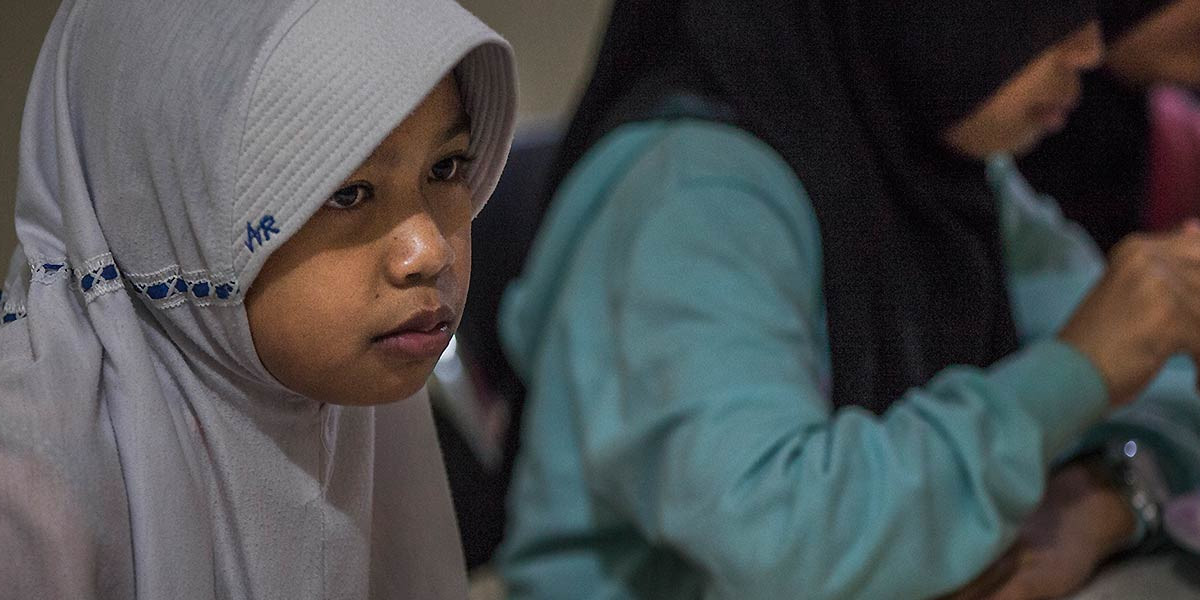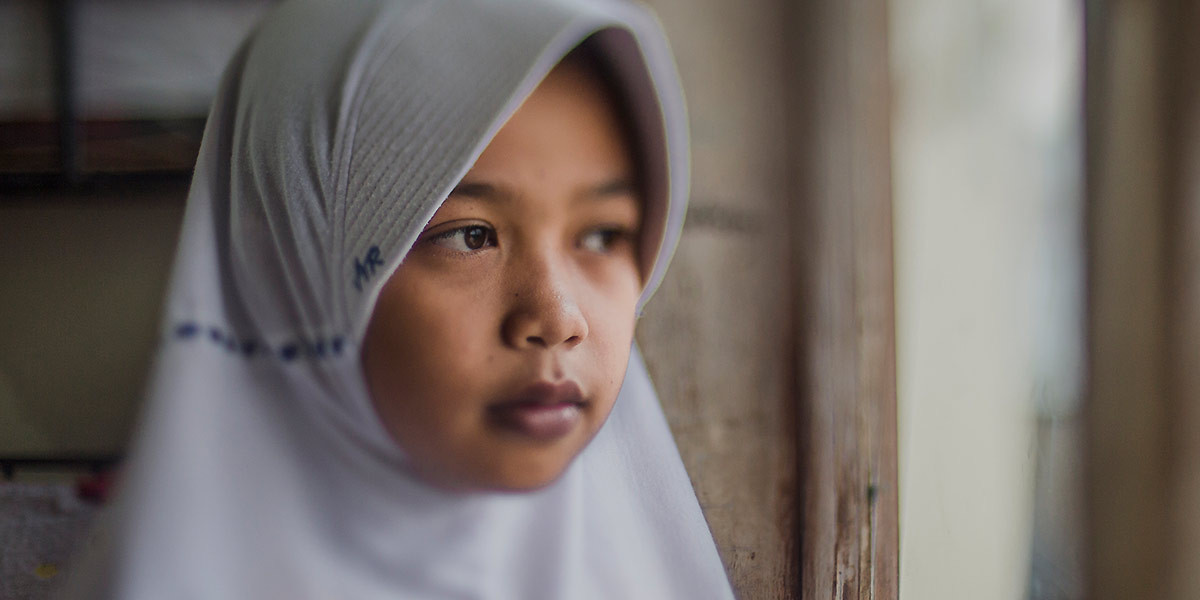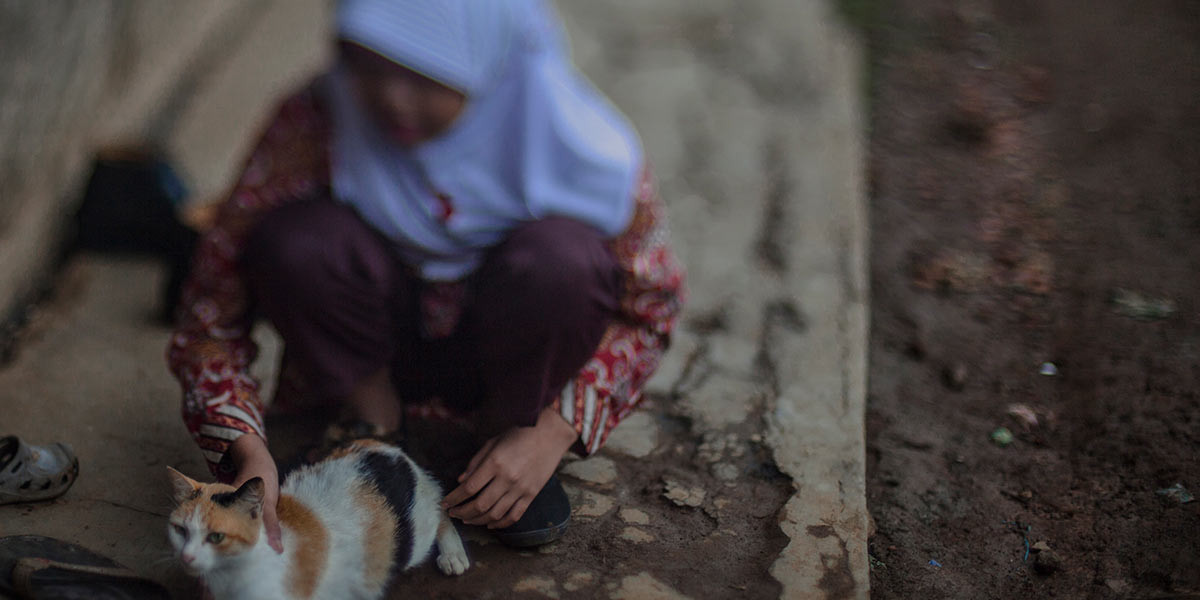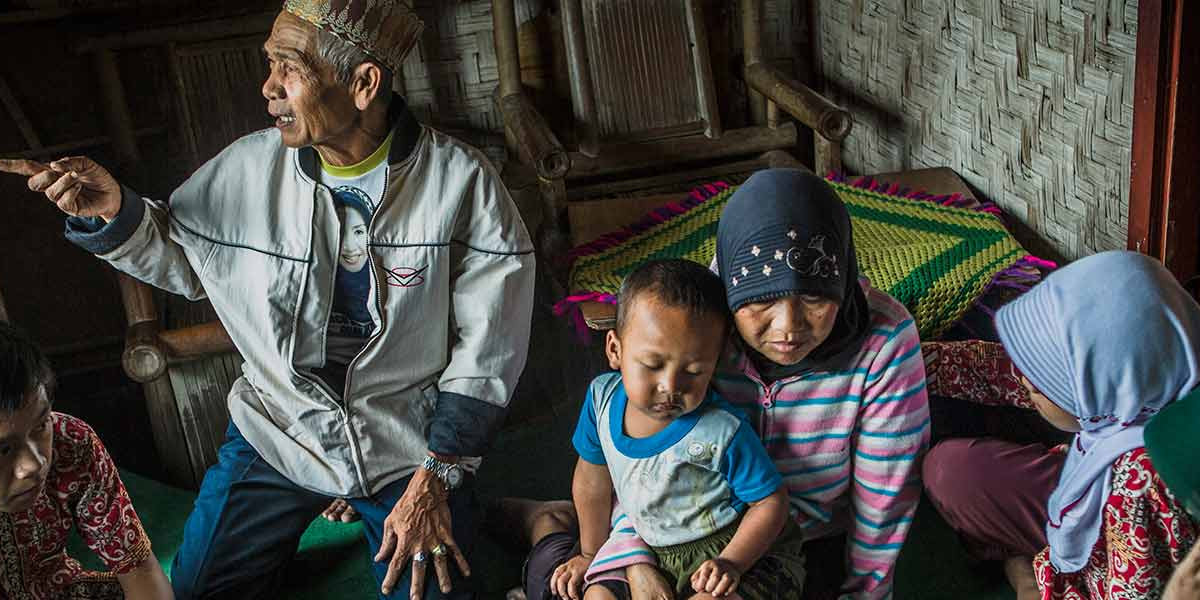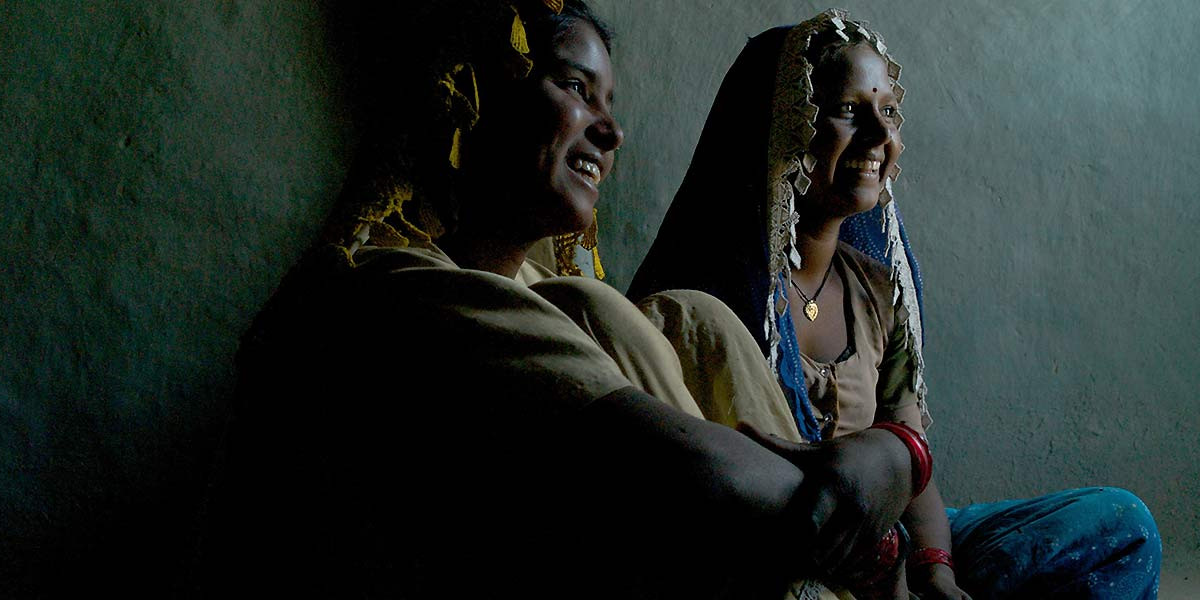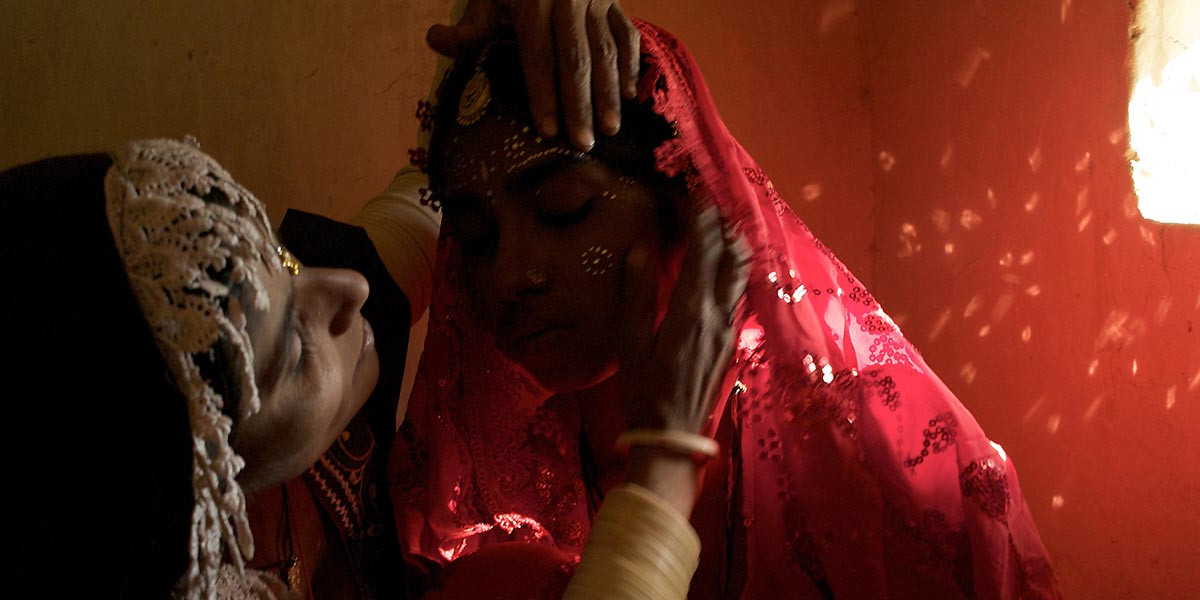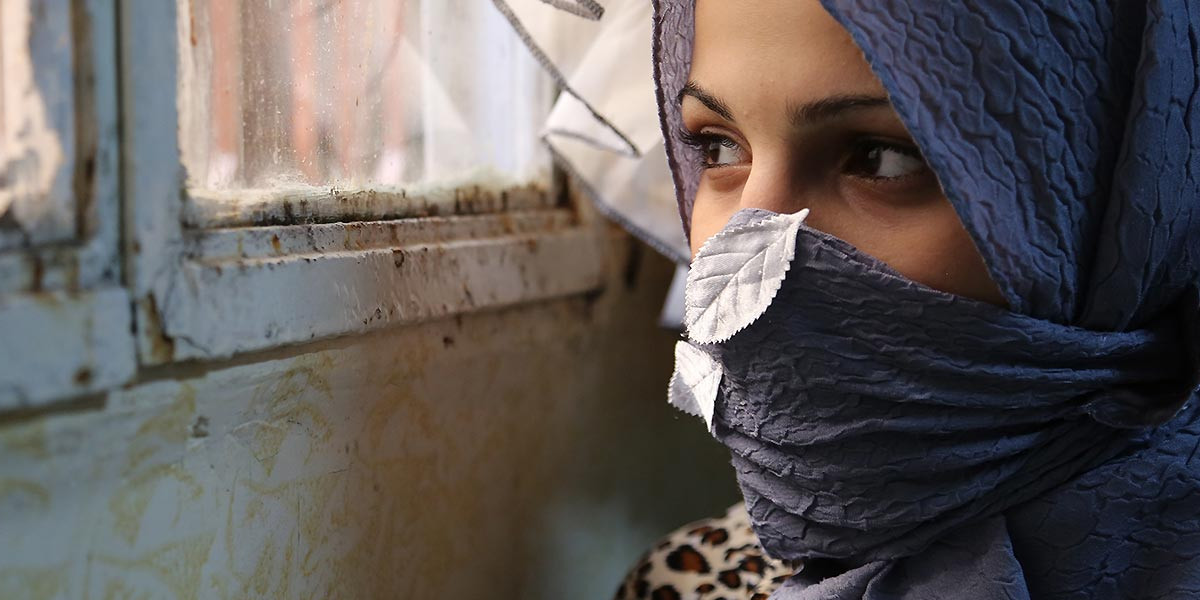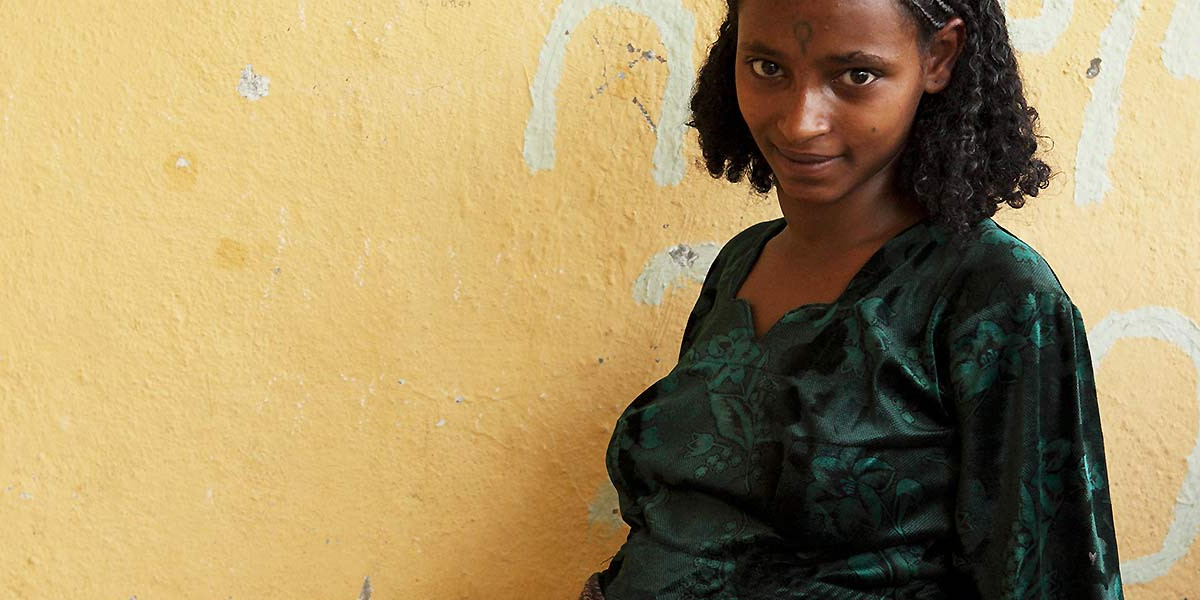Being safe is something that many of us take for granted. Yet sadly, millions of children around the world are in danger of abuse, neglect and exploitation.
Children are victims of sexual exploitation and abuse, trafficking, physical and humiliating punishment, harmful traditional practices and can be recruited into armed forces. With your support and alongside our partners, we work to protect children from harm at home, at school, in the community and during humanitarian emergencies.
Child labour and exploitation
Millions of children around the world are trapped in child labour, depriving them of their childhood, their health and education, and condemning them to a life of poverty. Most children work because their families are poor and their labour is necessary for their survival. Gender, race and religious discrimination also plays its part as to why some children have to work.
For many children, school is not an option. Education can be expensive and some parents feel that what their children will learn is irrelevant to the realities of their everyday lives and futures.
1 International Labour Office (2013) “Marking progress against child labour."
Child protection on the move
For many children, migration promises the chance of a better life. An escape from poverty, abuse, violence or conflict and an opportunity to access jobs, education and basic services. But once children migrate, they become highly vulnerable to violence, discrimination, abuse and exploitation, both during their journey and at their destination. They are often restricted from accessing basic services such as education and healthcare.
Approximately, 22 million children between the ages of 0-14 years worldwide are international migrants. These numbers do not include the many more children who migrate, with or without their families, within countries. Their number is growing dramatically as a result of conflict, environmental degradation, displacement and poverty.
Child trafficking
An estimated 1.2 million children are trafficked each year. For the criminals behind it, child trafficking is a lucrative industry. For the children, it places them in a dangerous and corrupt world.
Sometimes sold by a family member or an acquaintance, sometimes lured by false promises of education and a ‘better’ life, the reality is that these trafficked and exploited children are held without enough food, shelter, or clothing and are often severely abused and cut off from all contact with their families.
Many are used as prostitutes or child soldiers, or for hard labour such as domestic servitude, agricultural work, factory work and mining.
Sexual violence against children
Sexual violence against children is a gross violation of children’s rights. Yet it is a global reality across all countries and social groups. It can take the form of sexual abuse, harassment, rape or sexual exploitation through prostitution or pornography.
Evidence shows that sexual violence can have serious short and long-term physical, psychological and social consequences not only for children, but also for their families and communities. This includes increased risk of illness, unwanted pregnancy, psychological distress, stigma, discrimination and difficulties at school.
2 Save the Children (2015) “Working to end violence against children.”
Violence against children
Every child has the right to live and thrive in a safe and caring family environment, free from all forms of violence. But for millions of children, abuse, neglect, exploitation and violence is a daily occurrence - taking place within their family, at school, within institutions and on the streets.
Violence against children cuts across countries, cultures, traditions and levels of income. Some of the root causes include social acceptance, discrimination and power struggles based on gender or age.
It is impossible to measure the true magnitude of violence against children worldwide, because often violence happens behind closed doors and is not reported. However it is estimated that between 500 million and 1.5 billion children experience violence annually. 6
Violence is often transmitted from one generation to another – creating a vicious cycle with harmful impacts on the physical, psychological, emotional and social development of children. Furthermore, the threat of violent punishment in schools has a deep and often damaging impact on children’s motivation, interest and ability to learn, increasing the likelihood of children dropping out of the education system.
Preventing and responding to all forms of violence and promoting family-based care is essential to ensure children’s right to survival, development and participation. Save the Children works on ways and programmes to make sure that all children, including those on the move and in emergencies, have appropriate care either from their own families or community-based alternatives.
3 Save the Children (2015) "Working to end violence against children."
4 Save the Children (2015) "Ending legalised violence against children."
5 Ibid.
6 Save the Children (2015) "Working to end violence against children."
Protecting children in institutional care
Approximately eight million children live in poor quality institutional care worldwide. Spending a childhood separated from family and often in appalling and neglectful environments is one of the biggest threats to early brain development.
In Indonesia, more than 500,000 children live in institutional care, despite many of the children having at least one parent still alive. We are working with eight districts in West Java province to roll out our Family First programme.7
The programme, which has focused on working with the government to shift the model of care from residential to family and community based care, will reach more than 400,000 adults and children from 2013-17, including nearly 10,000 children who are currently in institutional care.
7 Save the Children (2009) "Keeping Children out of Harmful Institutions."
Child marriage
While child marriage is outlawed in many countries and international agreements forbid the practice, every year, millions of young girls around the world are forced into marriage.
Many of these arrangements are with much older men, some in their 60s, who the new bride meets for the first time at her wedding.
Child marriage happens for many reasons: poverty, tradition, fears about girls' safety, a perceived lack of other options. But, ultimately, it happens to girls because they are girls.
8 United Nations Population Fund (2012) “Marrying too young: end child marriage.”
Child marriage has devastating consequences for the future of children and their communities. Soon after marriage, child brides are expected to prove their fertility – to become mothers even though they are still children themselves. Their bodies are not ready to cope with pregnancy and childbirth. Mothers under the age of 15 are five times more likely to die in labour than women in their early 20s.
In many cases, marriage becomes the only life that child brides know. With few employment prospects, they are almost entirely dependent on their husbands. Not only does this make girls more vulnerable to abusive relationships, it gives them fewer options to provide for themselves and their children. As long as it exists, child marriage will stand in the way of gender equality.
9 ICRW (2015) "Child Marriage Facts and Figures."

They need
your help
Millions of children around the world are in danger of abuse, neglect, exploitation and violence – at home, in school, in the community or during humanitarian emergencies.
Donate now

